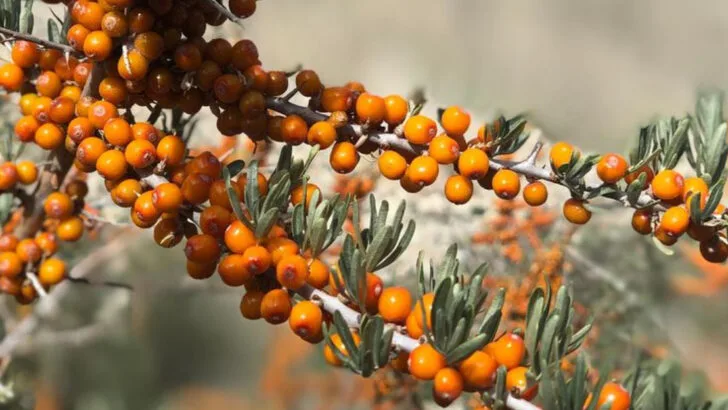Not all fruits are created equal—especially when they’re grown in your own backyard. Beyond their sweet flavor and vibrant colors, many garden-grown fruits are rich in compounds that support immunity, digestion, skin health, and even cognitive function. And while you may already enjoy these fruits, chances are you’ve never realized just how powerful they really are.
This guide explores 17 fruits that are easy to grow at home—and come packed with health benefits backed by science. From mulberries that support blood sugar balance to kiwis that aid digestion and blackcurrants known for boosting brain function, these fruits are doing far more than decorating your fruit bowl. Most of them thrive in moderate climates, containers, or even on balconies with the right care.
At Plantisima, we love when growing fruit becomes about more than just the harvest. These plants offer natural ways to nourish your body, boost daily vitality, and connect with the healing power of your own garden. Ready to discover what your fruit plants have really been doing for you? Let’s go beyond the basics—starting here.
Goji Berries
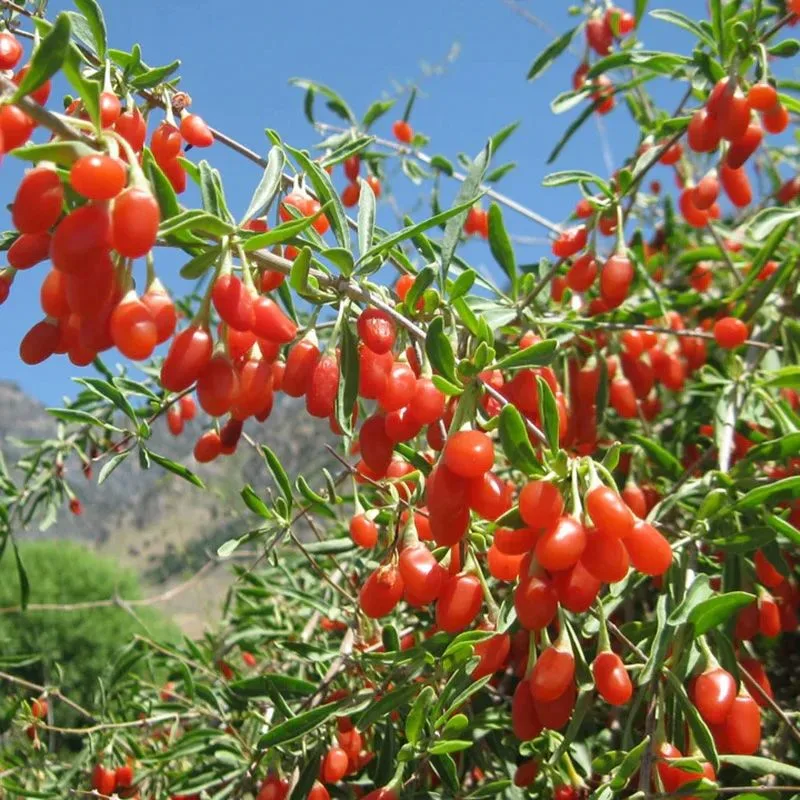
In the world of berries, goji stands out with its vibrant red hue and rich history. Often referred to as a superfood, these little berries pack a punch. They are known for boosting the immune system and improving skin health. A staple in traditional Chinese medicine, goji berries are believed to enhance energy levels and promote longevity. Their sweet yet slightly tangy taste makes them a delightful addition to smoothies or salads. Historically, they were revered for their supposed ability to promote health and vitality. Their appeal extends beyond health; they’re a gardener’s delight too.
Black Currants
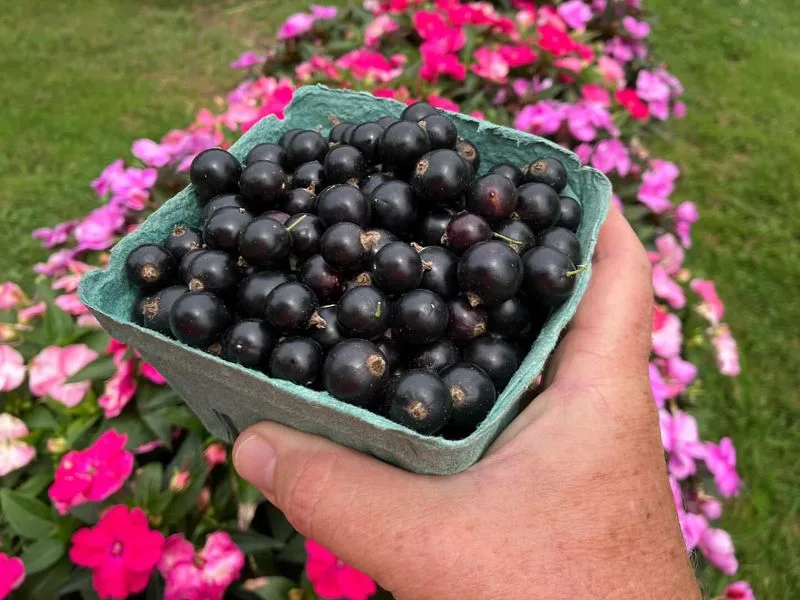
Black currants have a reputation that’s as rich as their color. These small berries are packed with vitamin C and antioxidants, known to support eye health and reduce inflammation. Their tart flavor is a favorite in jams and juices. During World War II, they were grown in Britain to provide an alternative source of vitamin C when citrus fruits were scarce. Their deep, complex flavor profile makes them a versatile ingredient in various culinary creations. For gardeners, they offer a high yield and resilience, thriving even in cooler climates.
Mulberries
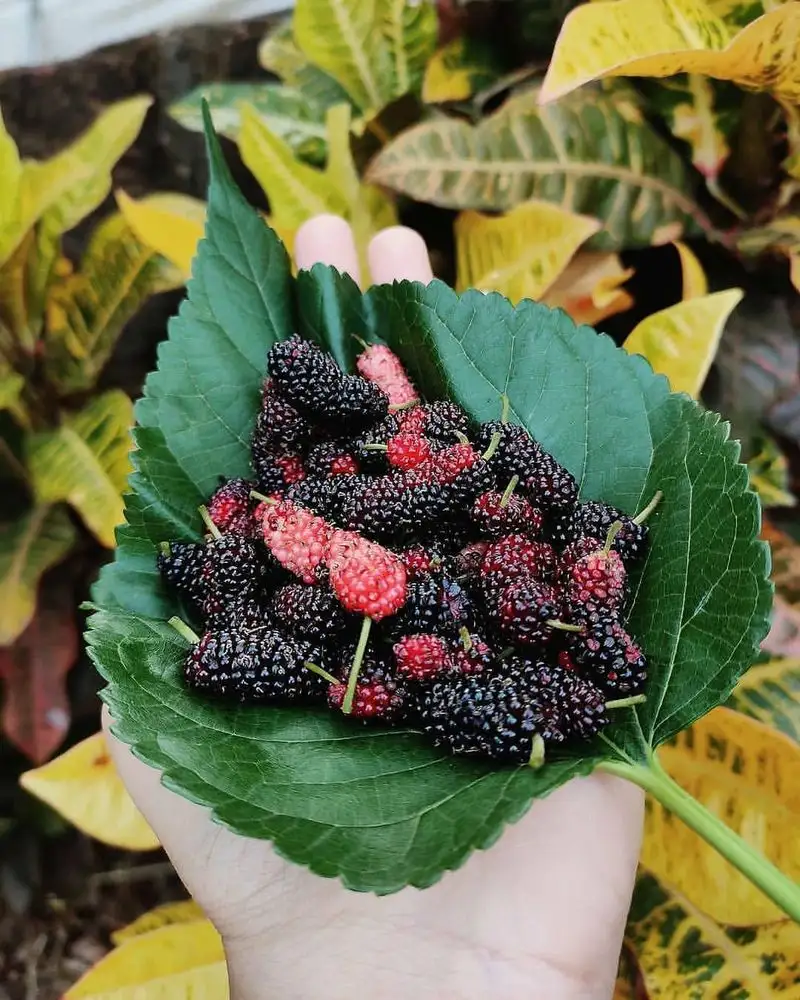
Mulberries often fly under the radar, but they hold a wealth of health benefits. These berries are rich in iron and vitamin C, supporting a healthy immune system and improving red blood cell production. Their sweet, juicy taste is a treat for the taste buds. Historically, they were used in traditional medicine to treat a variety of ailments. In gardens, mulberry trees are known for their hardiness and can provide shade while offering a bountiful harvest. Mulberries can be enjoyed fresh or dried, making them a versatile addition to your diet.
Elderberries
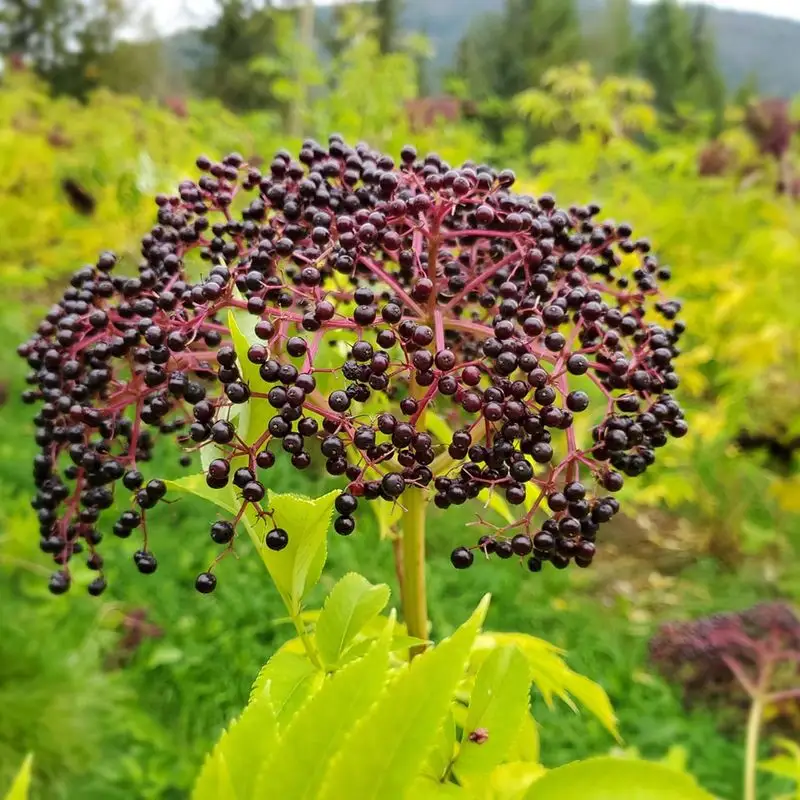
Elderberries have long been celebrated for their medicinal properties. These small, dark berries are a powerhouse of nutrients, including vitamins A and C. Known for their immune-boosting abilities, elderberries are often used in syrups and lozenges to ward off colds and flu. Their deep purple hue is as striking as their health benefits. In folklore, elderberries were considered magical, believed to offer protection from evil. For gardeners, they are easy to grow and can thrive in various soil conditions, making them a valuable addition to any garden.
Pawpaw
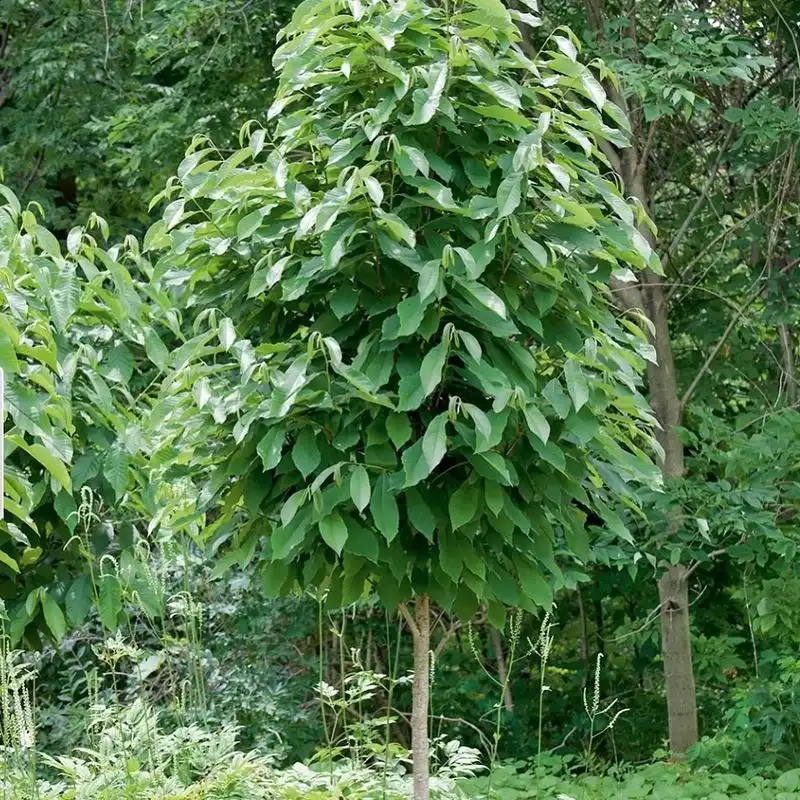
Pawpaw is a fruit that’s as unique as its name. Often described as a cross between a banana and a mango, its creamy texture and sweet flavor are delightful. Rich in nutrients like magnesium and potassium, pawpaw supports digestive health and can help reduce blood pressure. It’s native to North America and was favored by Native Americans for its versatility. This fruit is not only a tasty treat but also an attractive addition to gardens. Pawpaw trees are relatively easy to grow and provide a tropical flair with their large, lush leaves.
Quince
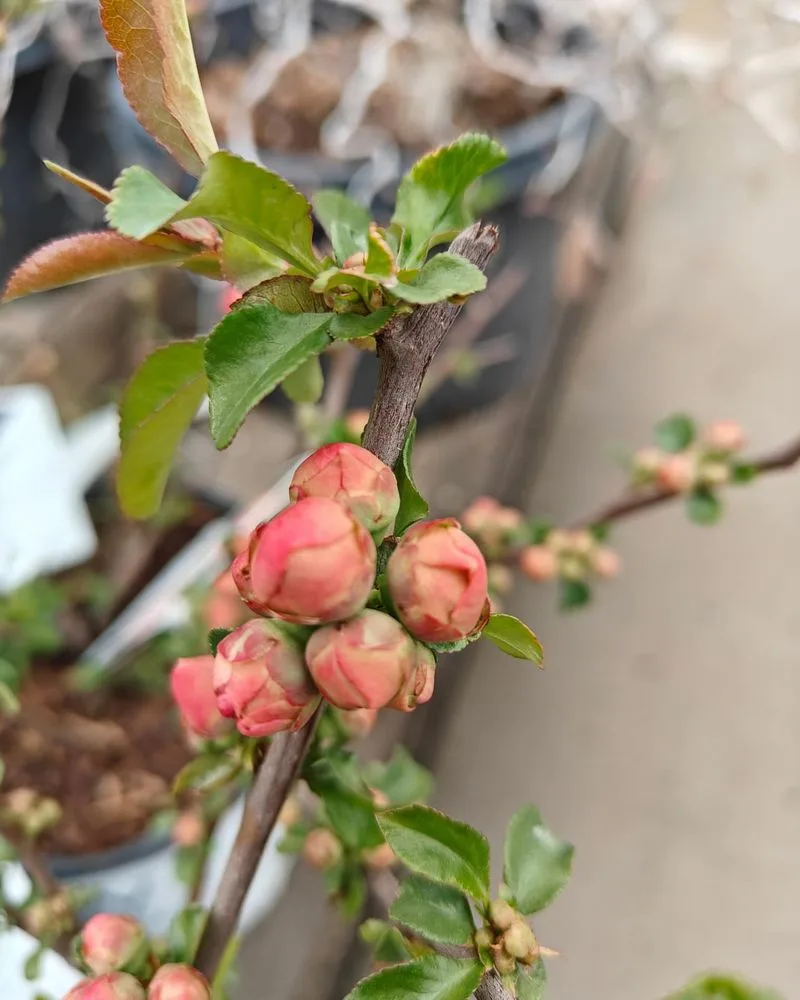
Quince may not be as popular as other fruits, but its benefits are compelling. This yellow fruit is rich in fiber and antioxidants, promoting digestive health and reducing inflammation. Its tart, aromatic flavor can be transformed into delicious jams and jellies. Quince has a rich history, often associated with love and fertility in ancient cultures. In gardens, quince trees are admired for their beautiful blossoms in spring, making them both a functional and ornamental choice. Their resilience to pests also makes them a gardener’s friend.
Jostaberry
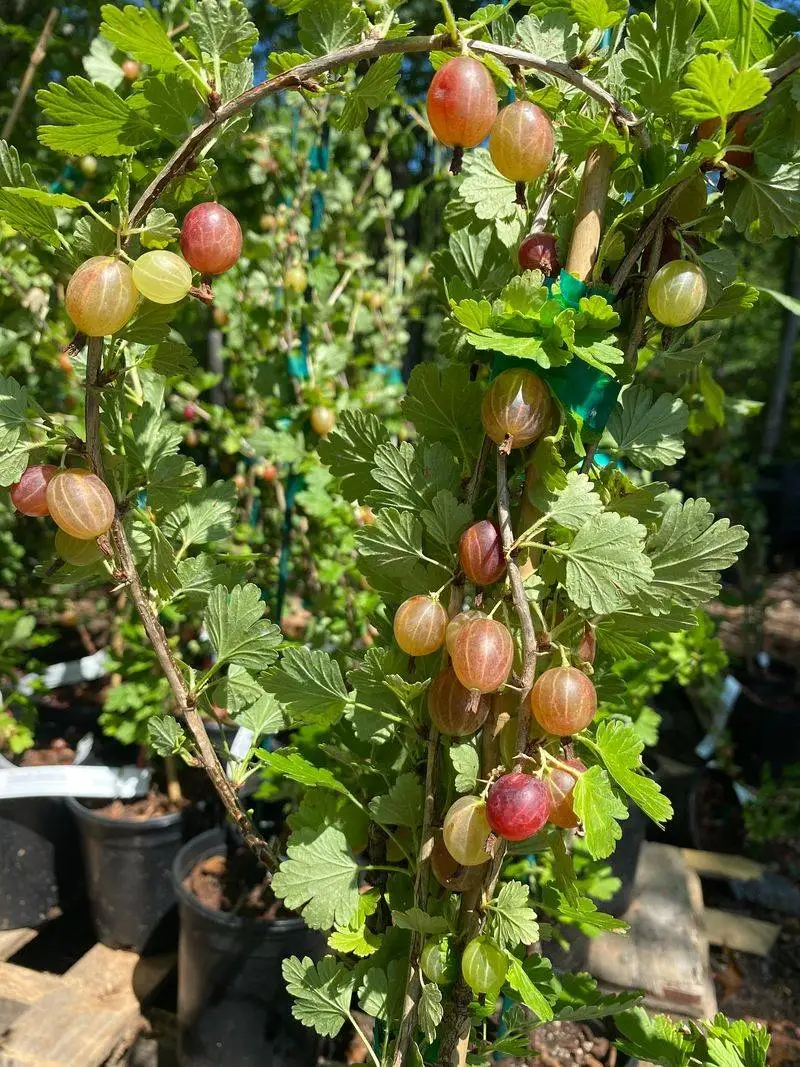
Jostaberry is a hidden gem in the berry world. This cross between a black currant and a gooseberry offers the best of both worlds. Packed with vitamin C and antioxidants, jostaberries are known for their health-boosting properties. Their unique, tangy-sweet flavor can be enjoyed fresh or in preserves. For gardeners, jostaberry bushes are a robust choice, resistant to common pests and diseases. They thrive in various climates and provide a high yield, making them a rewarding addition to any garden. Their versatility extends to culinary uses, from desserts to sauces.
Medlar
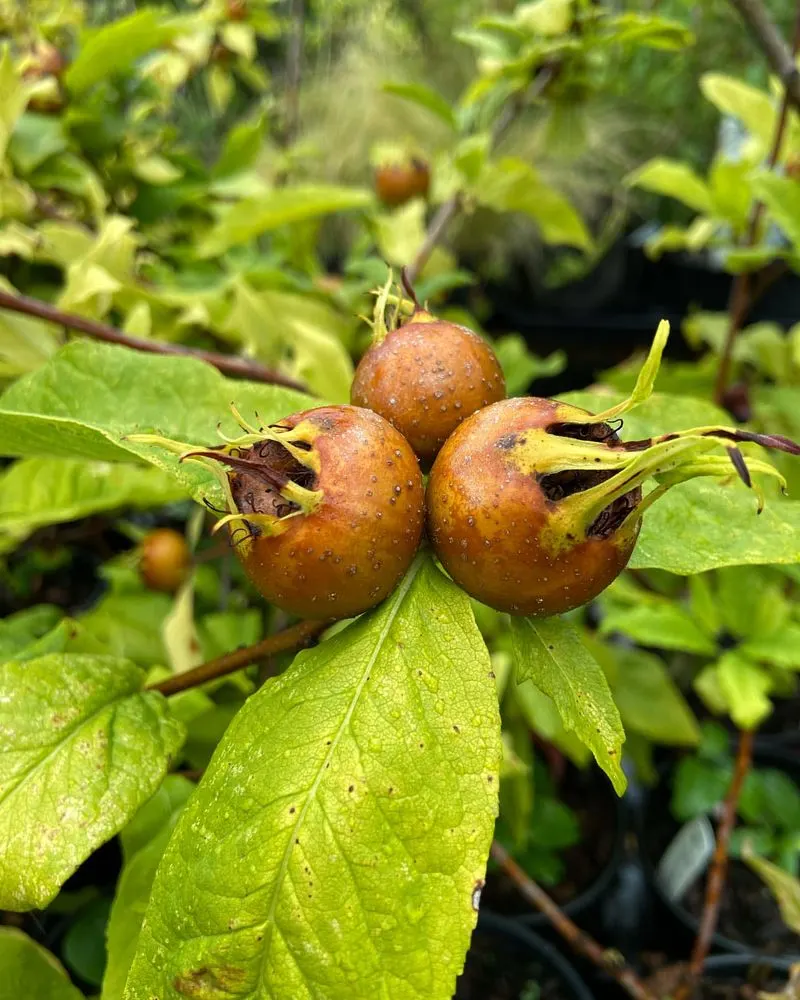
Medlar is a fruit that brings a touch of history to the garden. Known for its unique ripening process, where the fruit is ‘bletted’ or softened, medlar offers a sweet, apple-like taste. It’s rich in dietary fiber and vitamin C, supporting digestive health and boosting immunity. This fruit was once a staple in medieval times, enjoyed for its flavor and medicinal properties. In modern gardens, medlar trees are appreciated for their ornamental value, with beautiful blossoms and striking autumn foliage. They are also relatively easy to grow, requiring minimal care.
Saskatoon Berries
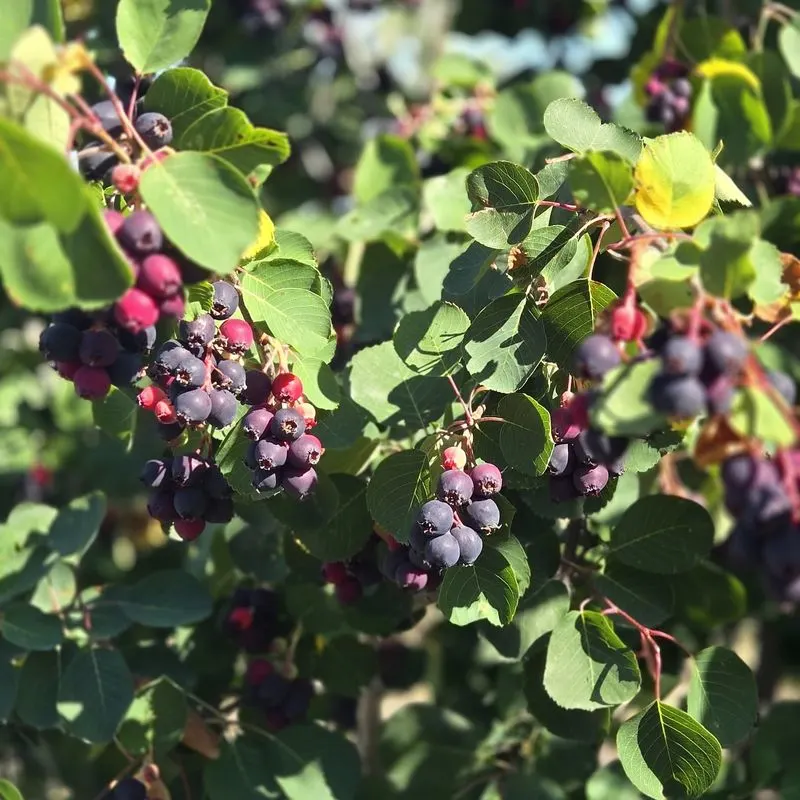
Saskatoon berries are often likened to blueberries but offer their own unique charm. These berries are rich in fiber, antioxidants, and essential minerals, promoting heart health and reducing inflammation. Their sweet, nutty flavor is a favorite in pies and desserts. Native to North America, saskatoon berries have been a part of Indigenous diets for centuries. For gardeners, these bushes are hardy and drought-resistant, thriving in a variety of soil types. Their high yield and delicious fruits make them a rewarding choice for any garden.
Sea Buckthorn
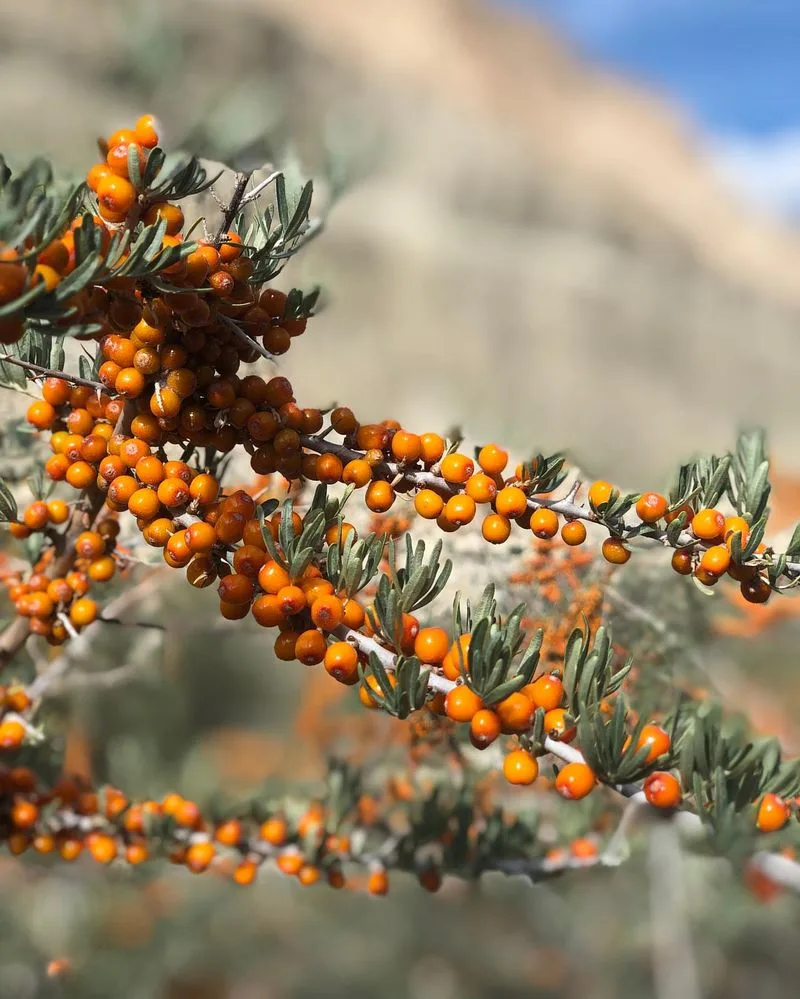
Sea buckthorn is a small, vibrant orange berry that’s making waves in the health world. Loaded with omega-7 fatty acids and vitamin C, sea buckthorn supports skin health and promotes healing. Its tart flavor can be enjoyed in juices or as a supplement. Historically, it was used in traditional Chinese and Tibetan medicine for its healing properties. In gardens, sea buckthorn bushes are valued for their nitrogen-fixing ability, which improves soil health. They are also resilient against harsh weather, making them an excellent choice for coastal areas.
Aronia Berries
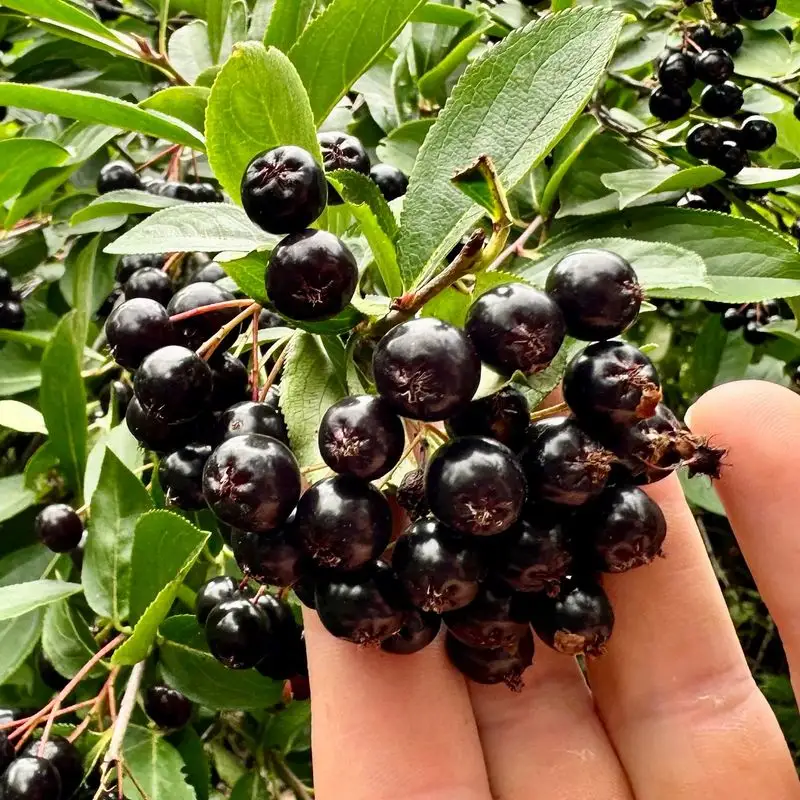
Aronia berries, also known as chokeberries, are small but mighty in their health offerings. Packed with antioxidants, they are known to support cardiovascular health and boost immunity. Their tart flavor can be a bit of a surprise but works well in juices and jams. These berries have a history of use among Native American tribes, valued for both their nutritional and medicinal properties. Gardeners appreciate aronia plants for their hardiness and ability to thrive in various soil conditions, offering beautiful white blossoms in spring.
Cornelian Cherry
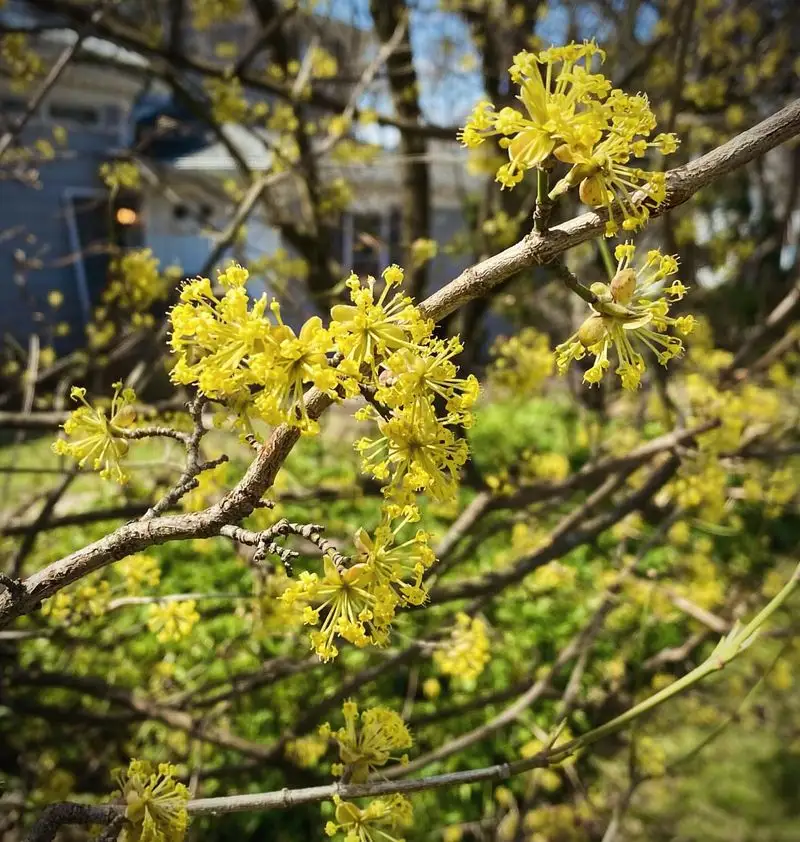
Cornelian cherry is an ancient fruit with a vibrant hue and a host of benefits. Rich in vitamin C and antioxidants, it supports immune health and aids in digestion. Its tart, cherry-like flavor is perfect for making preserves and syrups. This fruit has been cultivated since ancient times and was once a prized food in Roman and Greek cultures. In gardens, cornelian cherry trees are admired for their early spring blossoms and colorful fall foliage, adding an ornamental touch. They are resilient and adaptable, thriving in various climates.
Serviceberries
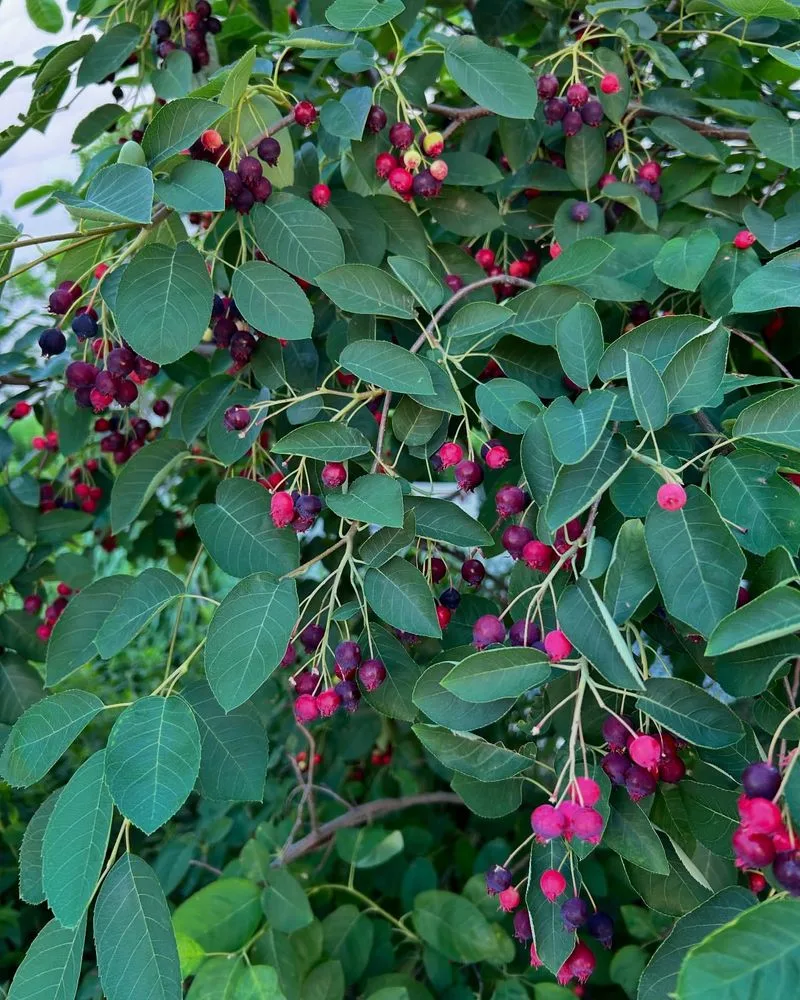
Serviceberries, also known as juneberries, are a delicious and nutritious addition to any garden. High in fiber, vitamins, and antioxidants, they promote heart health and reduce inflammation. Their sweet, almond-like flavor is enjoyed fresh or in baked goods. Native to North America, serviceberries have long been used by Indigenous peoples for food and medicine. For gardeners, these trees offer beautiful white flowers in spring and a bountiful harvest in summer. They are hardy and can thrive in various soil conditions, making them a versatile choice for different landscapes.
Hardy Kiwi
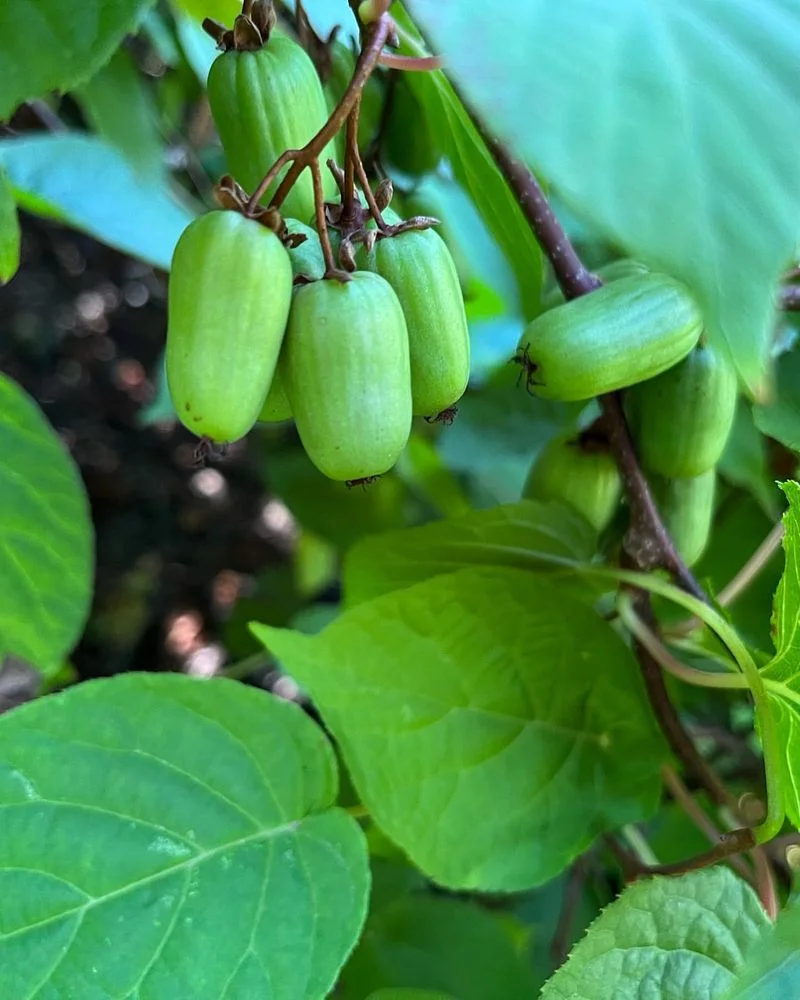
Hardy kiwi, despite its small size, offers a big punch of flavor and nutrition. These smooth-skinned fruits are rich in vitamin C, fiber, and antioxidants, supporting immune function and digestion. Their sweet-tart taste is a delightful surprise, perfect for snacking or adding to salads. Unlike their tropical cousins, hardy kiwis can withstand colder climates, making them a versatile choice for gardeners in various regions. Their attractive vines add a decorative element to any garden, providing both beauty and sustenance.
Cape Gooseberries
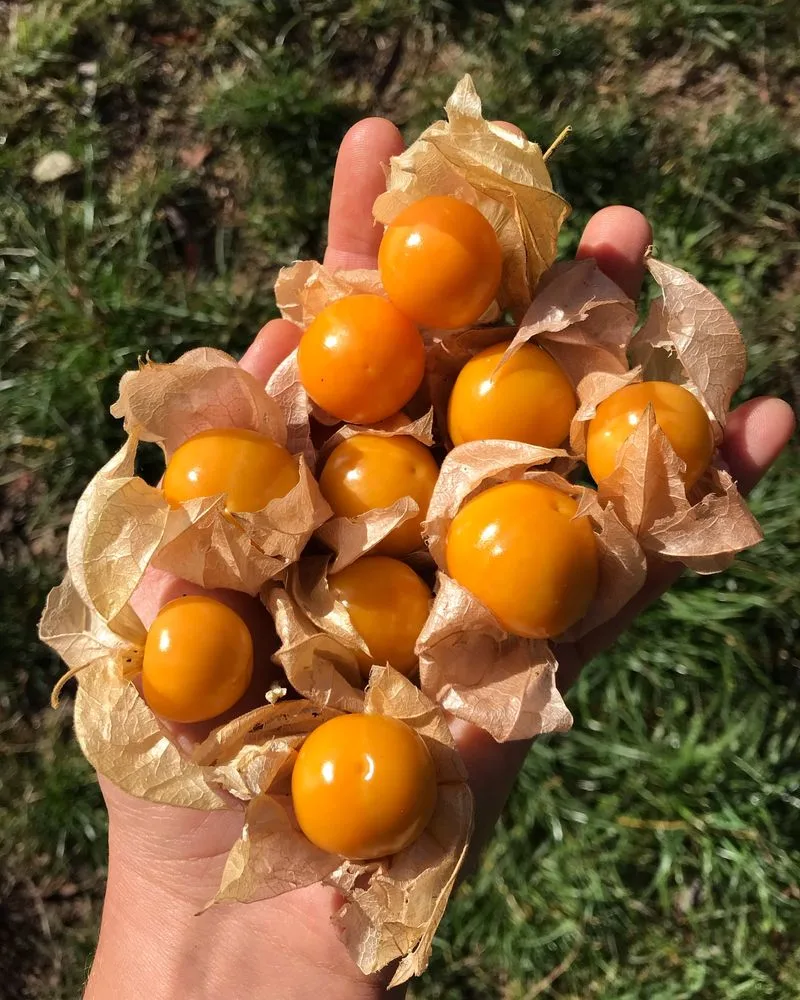
Cape gooseberries, also known as physalis, are a delightful addition to the fruit world. Encased in a papery husk, these golden berries offer a sweet-tart flavor that’s both refreshing and unique. Rich in vitamin A and antioxidants, they support eye health and boost immunity. Cape gooseberries have a long history, originally from South America, and have become popular worldwide. In the garden, these plants are easy to grow and can thrive in a variety of soil conditions. Their ornamental value adds a touch of elegance to any space.
Loquats
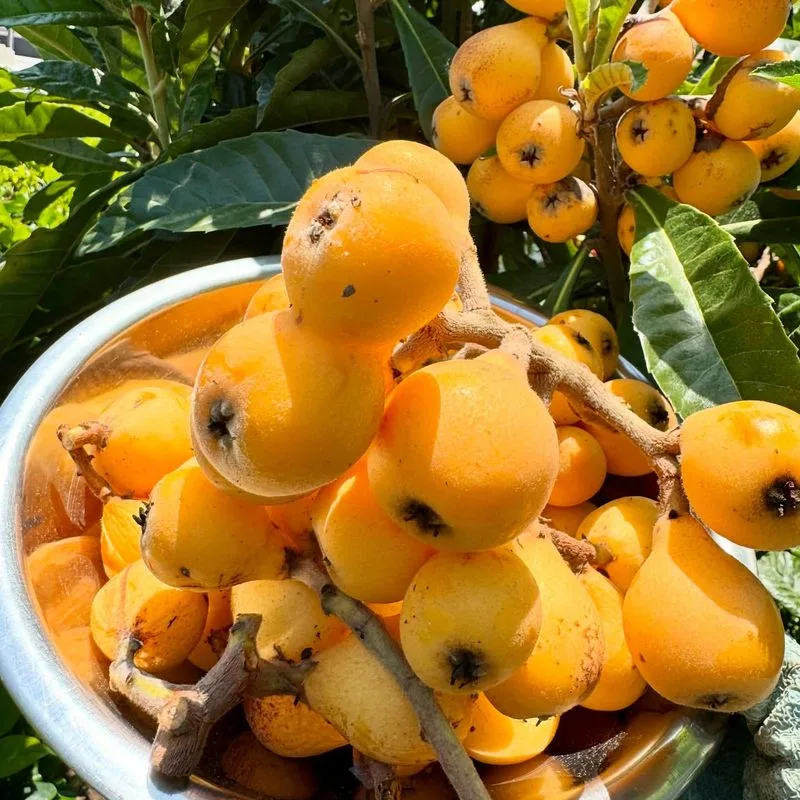
Loquats are small, orange fruits with a sweet and tangy flavor that’s reminiscent of citrus and mango. Packed with vitamins A and C, they promote skin health and boost the immune system. Native to Southeast Asia, loquats have been enjoyed for centuries for their refreshing taste and health benefits. In gardens, loquat trees are appreciated for their evergreen foliage and fragrant white flowers, providing year-round beauty. They are relatively easy to grow and can thrive in various climates, offering a bountiful harvest for those willing to cultivate them.

